The World of Shea Butter
Shea butter has been a cornerstone of natural skincare for centuries, not just in modern formulations but in traditional African communities where it was used as both a cosmetic and a healing balm. Derived from the nuts of the Vitellaria paradoxa tree, shea butter has long been treasured for its ability to moisturize, protect, and restore the skin.
Across generations, shea butter has served many roles: a natural sunscreen, a soothing balm for small cuts and burns, a scalp and hair conditioner, and a base for ceremonial ointments. Its reputation for versatility and effectiveness has made it one of the most enduring natural butters in global personal care.
But while “shea butter” is often spoken of as a single ingredient, not all shea butters are the same. In fact, there are two primary varieties widely used in cosmetics today:
-
Virgin Shea Butter (sourced from West Africa)
-
East African Nilotica Shea Butter (also known as Muyao Butter)
Both offer deeply nourishing benefits, yet their texture, composition, and ideal applications differ significantly. Understanding these differences is key for choosing the right butter, whether you’re a formulator seeking functionality, an artisan handcrafting skincare, or a consumer selecting products for personal use.
At Bulk Naturals Wholesale (BNW), we proudly offer both types, giving you the flexibility to craft anything from a rich, protective repair balm to a luxurious, silky body butter tailored to your market or personal needs.
What Is Shea Butter?
At its core, shea butter is a natural fat extracted from the nuts of the shea tree. Its unique composition is what makes it such a powerhouse in skincare and haircare:
-
Fatty Acids → Predominantly stearic and oleic acids, which together support moisture retention, barrier repair, and long-lasting softness.
-
Vitamins → Naturally high in Vitamins A and E, delivering antioxidant benefits and helping restore skin health.
-
Unsaponifiables → Specialized bioactive compounds that don’t convert into soap when processed. These contribute to shea butter’s therapeutic qualities, including soothing inflammation and boosting elasticity.
-
Texture → Semi-solid at room temperature, yet melts luxuriously on skin contact, releasing its emollient richness.
These qualities are shared across all shea butter varieties, but subspecies differences and growing regions create distinct variations in softness, aroma, fatty acid profile, and best uses.
West African Virgin Shea is firmer and more structured, lending itself to balms, soaps, and protective creams. East African Nilotica, on the other hand, is softer, creamier, and silkier, perfect for luxury body butters, facial creams, and hair treatments.
Virgin Shea Butter (Sourced from West Africa)
Virgin Shea Butter is the classic and most widely recognized form of shea in the global cosmetic and personal care industry. Sourced from West African regions, this butter is deeply rooted in centuries of traditional use, where it has been valued for its protective and restorative qualities.
BNW’s Virgin Shea Butter is unrefined and minimally processed, allowing it to retain its natural nutrients, characteristic nutty aroma, and pale-to-yellow hue. Its firm, dense structure reflects its unique fatty acid profile, which balances stearic and oleic acids with a high content of unsaponifiables, compounds responsible for many of its therapeutic benefits.
Key Features
-
Processing: Virgin, unrefined.
-
Texture: Firmer, waxier, and more solid at room temperature, with a melting point of 89–113°F, making it heat-stable in thicker applications.
-
Composition: Balanced levels of stearic acid (adds firmness and barrier strength) and oleic acid (provides moisture and softness).
-
Best Uses: Ideal for balms, salves, soaps, lip care, hand and foot creams, and any product where barrier protection is needed.
-
Skin Benefits: Richly nourishes dry, cracked, or calloused skin, improves elasticity, and supports long-term barrier repair. Its firmness makes it especially valuable in formulas that need structure, such as body butters or protective creams for harsh climates.
Because of its denser composition, Virgin Shea Butter excels in restorative and protective formulations where resilience and richness are key, for example, in winter skincare or heavy-duty repair products.
East African Nilotica Shea Butter (Virgin, Muyao)
East African Nilotica Shea Butter, also known as Muyao Butter, comes from a rarer subspecies of the shea tree (Vitellaria paradoxa subsp. nilotica) found in East Africa. This butter is prized for its naturally soft and creamy texture, which sets it apart from the firmer West African variety.
BNW’s Nilotica Shea Butter is virgin, unrefined, and mechanically pressed, meaning no refining steps strip away its nutrients. It retains a pale-yellow appearance and a delicate nutty aroma. What makes Nilotica exceptional is its fatty acid profile: it has a higher oleic acid content, which gives it a smoother, more spreadable consistency and makes it feel luxuriously lightweight on the skin.
Key Features
-
Processing: Virgin, unrefined, mechanically pressed, no chemical refining.
-
Texture: Naturally soft, creamy, and semi-solid at room temperature, melting effortlessly on skin contact.
-
Composition: Elevated levels of oleic acid for deep conditioning, alongside stearic acid for structure. Rich in Vitamins A and E, contributing to antioxidant and restorative activity.
-
Best Uses: Perfect for luxury body butters, facial creams, after-sun care, and hair masks where silky texture and spreadability are desired.
-
Skin Benefits: Intensely moisturizing, conditioning, and especially well-suited for mature, delicate, or sensitive skin. Its lightweight, creamy texture absorbs quickly without heaviness, making it a favorite in premium skincare and leave-on treatments.
Because of its silky consistency and high nutrient content, East African Nilotica Shea Butter is often seen as the more “luxurious” option, perfect for high-end product lines or for consumers who want a softer, more indulgent butter experience.
Comparison Chart: Virgin Shea vs. East African Nilotica Shea
| Feature | Virgin Shea Butter (Sourced from West Africa) | East African Nilotica Shea Butter (Virgin, Muyao) |
|---|---|---|
| Botanical Name | Butyrospermum parkii | Butyrospermum parkii (Vitellaria paradoxa subsp. nilotica) |
| Origin | Sourced from West Africa | East Africa (Uganda, Sudan, Kenya) |
| Texture | Firmer, more solid at room temp | Softer, creamier, semi-solid |
| Fatty Acid Profile | Higher stearic acid → more structure | Higher oleic acid → more softness |
| Appearance | Pale to yellow, nutty aroma | Pale yellow, light nutty aroma |
| Best For | Balms, salves, soaps, protective creams | Luxury creams, body butters, hair masks |
| Skin Types | Very dry, cracked, or rough skin | Mature, delicate, or sensitive skin |
How to Choose the Right Shea Butter
Both Virgin Shea Butter (sourced from West Africa) and East African Nilotica Shea Butter bring powerful nourishment to skin and hair but their different textures and compositions make each one shine in its own way. The best choice comes down to the end product you’re creating and the experience you want your customer to have.
Texture Needs
-
Virgin Shea Butter → Best when you need structure and firmness. Its solid texture holds up in balms, soaps, body butters, and salves, giving stability and staying power.
-
East African Nilotica Shea Butter → Naturally creamier and softer, making it ideal for luxurious lotions, facial creams, or whipped butters that need to feel light, silky, and smooth on the skin.
Target Market
-
Virgin Shea Butter → A versatile option with broad appeal. Fits everyday skincare products like hand creams, lip balms, and soaps. Perfect for value-focused or general wellness lines.
-
East African Nilotica Shea Butter → Naturally positions products in the premium or luxury category. Its silky texture and rarity make it attractive for high-end brands or specialty formulations targeting sensitive or mature skin.
Skin Concerns
-
Virgin Shea Butter → Excels in addressing cracked heels, rough patches, and severely dry areas. Its density provides lasting protection against harsh weather and environmental stress.
-
East African Nilotica Shea Butter → A gentler option for mature, sensitive, or delicate skin. Its quick absorption and lightweight feel make it perfect for after-sun care, facial treatments, and leave-on creams.
Consumer Concerns Shea Butter Helps Address
Regardless of which variety you choose, shea butter has remained a global skincare staple because it addresses multiple consumer concerns at once:
🌿 Dryness & Cracking → Shea butter’s fatty acids create a rich emollient layer that locks in hydration and softens even the driest skin.
🧱 Barrier Repair → Helps replenish skin lipids, strengthening the protective barrier and reducing transepidermal water loss (TEWL).
💪 Elasticity & Aging → Naturally rich in Vitamins A & E, shea butter supports collagen health, firmness, and long-term skin resilience.
☀️ After-Sun & Irritation → Its soothing properties calm skin that’s been exposed to sun, wind, or environmental stressors.
💇 Hair Repair → Deeply conditions dry, brittle, or damaged hair strands, restoring softness, shine, and manageability.
Rich Repair Hand Balm (Virgin Shea Butter)
-
Virgin Shea Butter — 40%
-
Beeswax — 15%
-
Sunflower Oil — 42%
-
Vitamin E — 1%
-
Preservative — 1% (see note)
-
Essential Oil Blend — 1%
Why it works: Solid, protective balm that seals in moisture and softens rough hands.
Luxury Whipped Body Butter (East African Nilotica Shea)
-
East African Nilotica Shea Butter — 50%
-
Jojoba Oil — 20%
-
Rosehip Oil — 10%
-
Sunflower Oil — 15%
-
Arrowroot Powder — 2% (optional, for slip/matte feel)
-
Vitamin E — 1%
-
Essential Oil Blend — 2%
Why it works: Creamy, whipped butter that melts instantly, leaving skin soft and radiant without heaviness.
⚠️ Formulator’s Note:
These recipes are provided as formulation inspiration only. They are not stability-tested or market-ready products. Always adjust, test, and validate your formulations for safety, stability, and regulatory compliance before commercial release.
Styled Shopping List
✨ Shop BNW’s Shea Butter Collection:
-
🐝 Beeswax
-
🌼 Essential Oils (Cinnamon, Orange, Frankincense for seasonal blends)
-
💧 Vitamin E Oils (T50, Mixed Tocopherols 95%, Non-GMO Natural)
- 🌱 Arrowroot Starch Powder
Two Shea Butters, Endless Possibilities
Both Virgin Shea Butter and East African Nilotica Shea Butter offer incredible benefits but their differences in texture and composition make each uniquely valuable.
From barrier-restoring balms to silky body butters, BNW’s cosmetic-grade shea options empower you to create products that meet a wide spectrum of needs, from everyday care to luxury indulgence.


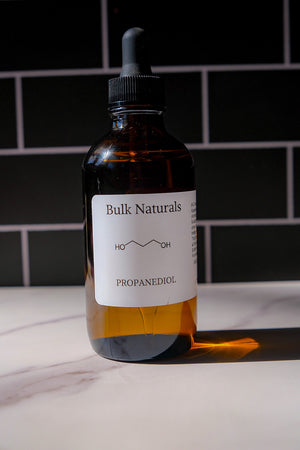
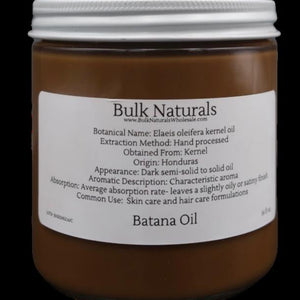
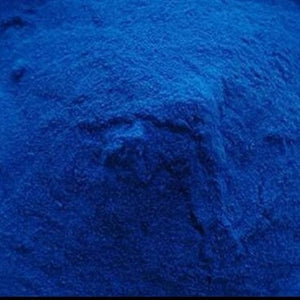
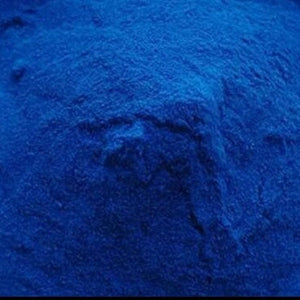
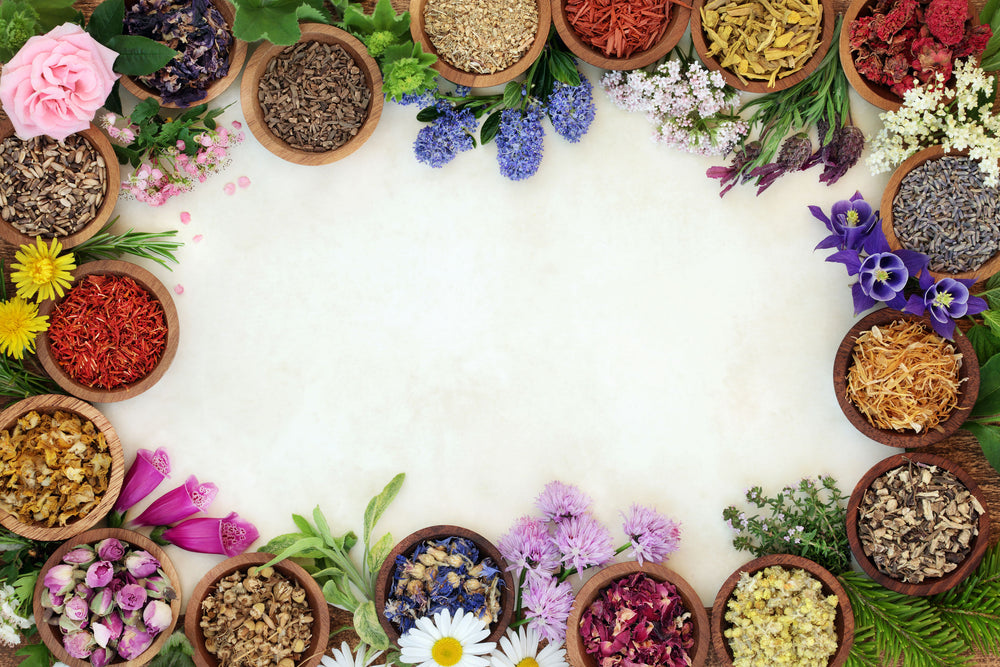


Leave a comment